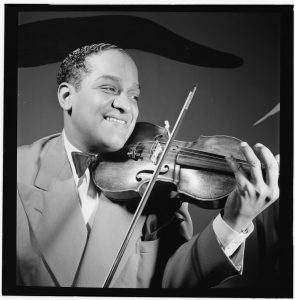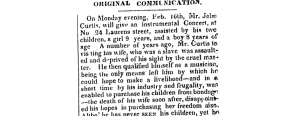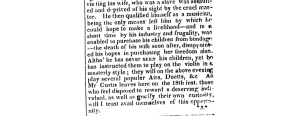In the Chicago Daily Defender Blacks and music there was an article talking about a picture of a black girl playing the violin. The one part that stood out the most was that of the caption which was “many black students are capable of learning to play such instruments.” (Chicago Daily Defender, 17) A reader of this comment felt that as a black woman she found it sad that another black person had to say this. During these times racism was still an issue. The idea that certain groups of people could play the violin while others could not or did not possess the ability to was common back then. This is still seen in modern circles today with the fact that most violin players in orchestras are that of white men. Even when they are not men and our women they still are a majority white. There is still work to be done so that the less represented minorities feel they can learn these instruments and be musicians who are just as important as the white musicians. Accessibility is also an issue that was a problem in the 198s and modern times. Instruments and teachers are expensive and also in the 1980s teachers would only choose to instruct those who in their eyes were worthy . Oftentimes that was whites only and men only. The commenter also goes on to say that we should assume that there are as many black students as there are white students who have the ability to learn how to play these instruments. Making this statement that was made by the other author unnecessary. Finally the writer states how all blacks and all women should make it essential to get rid of the idea of sexist and racist out of their writing and thinking. This should not still be happening in our modern society but it is. We need to get rid of these motions that certain groups are better than others and that we all have the ability to grow and learn. That our outside appearance should have no factor on whether or not we will succeed. We must work to get these biases and notions out of the system so that we can have equal opportunity for those whose voices and talents are shunned just because of the color of their skin.
Bibliography
Fisher, Ida M. “From our Readers’: Blacks & Music.” Chicago Daily Defender (Daily Edition) (1960-1973), May 05, 1971. https://www.proquest.com/historical-newspapers/our-readers/docview/494328976/se-2.from our readers’; Black & music






